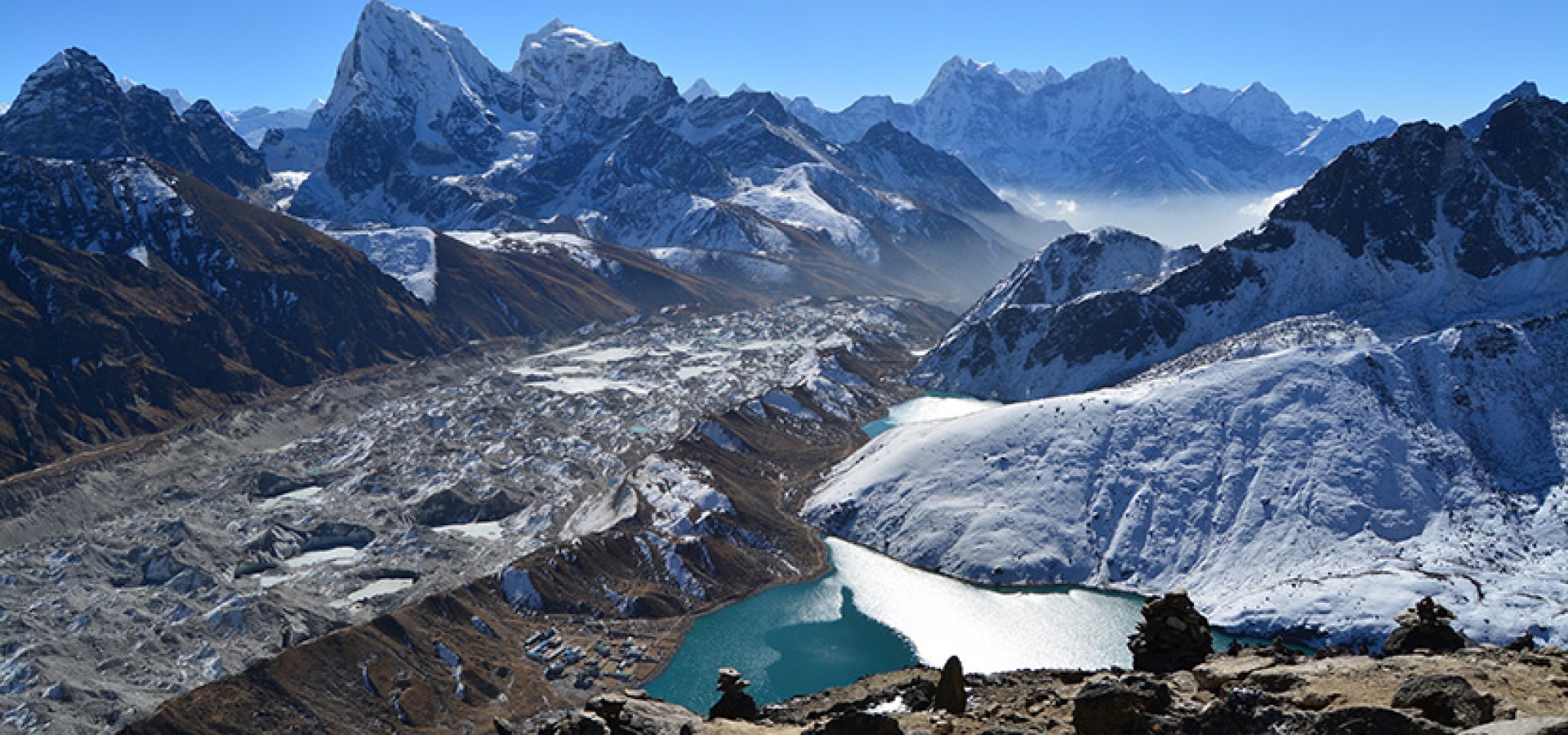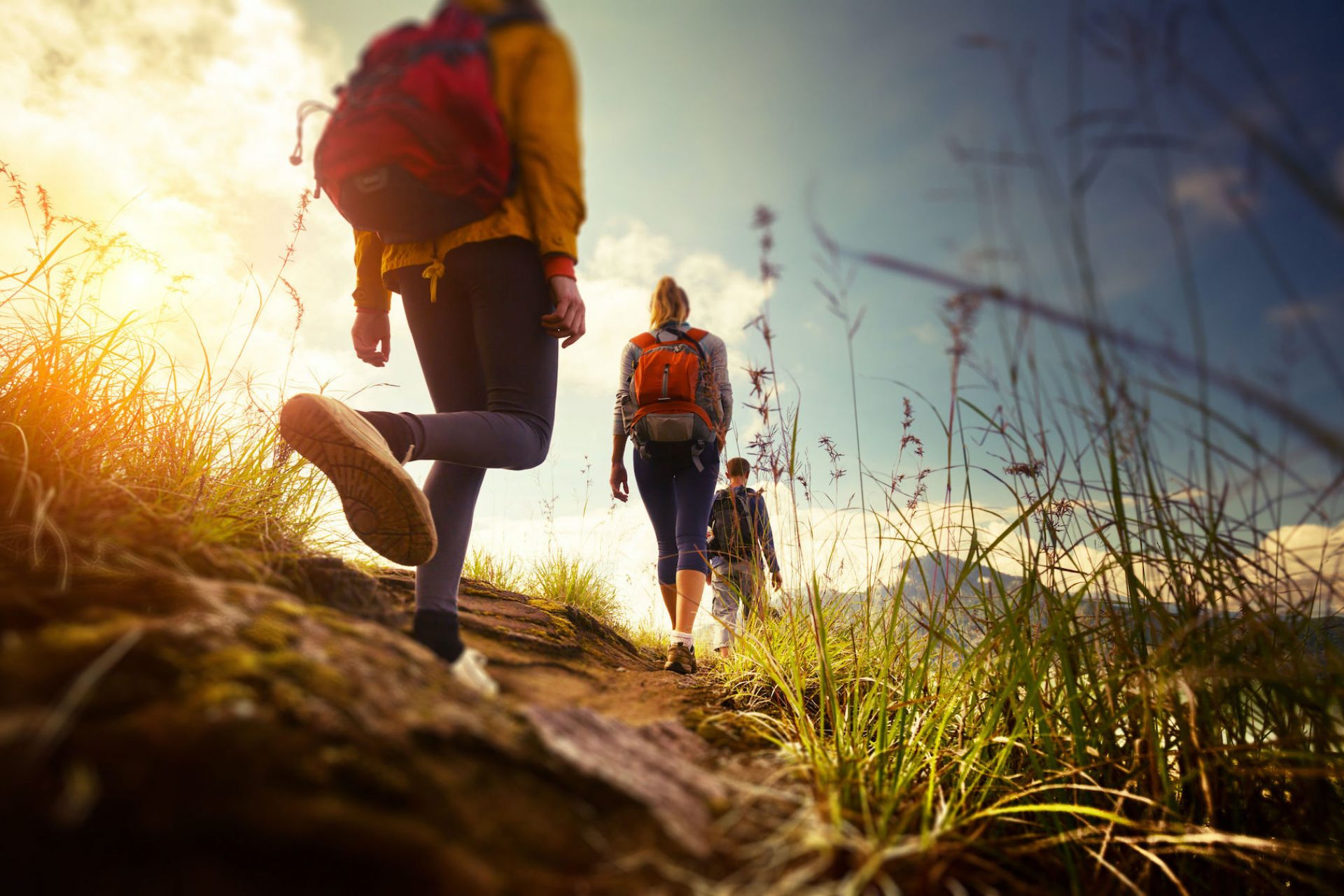Those world voyagers who are getting ready to dive into the universe of mountain trekking in the Himalayas, may not know that this area is brimming over with stunning lakes. Numerous voyagers long to visit the Himalayan Lakes as an essential part of their journey into the Himalayas, so it is important to include this as a planned excursion, rather than leaving it to a chance encounter.
Rara Lake
An adventure to Rara Lake is a standout amongst the most mind boggling and captivating treks in all of the Himalayan range, lying northwest of Kathmandu in the remote territory of Karnali. In the event that you are seeking pure, wild isolation, this trek is a perfect decision. The course is especially ‘off the beaten track’ through very different landscapes from others in Nepal. The unmistakable, high-height pool of Rara, which reflects the snow topped Himalayas, is circled by woods of blue pine, dark juniper and Himalayan cypress. Lake Rara is a regular ‘quietness’ journey for the Nepalese people. In summer precipitation is low, and perfect for trekking. In the winter there is frequently snow on the edge encompassing the lake and at harvest time trekkers are rewarded with a bounty of high blossoms. Rara Lake is five kilometers in length and two kilometers wide and is the biggest lake in Nepal. The National Park is a standout amongst other places in Nepal, to see natural life: musk deer, panthers, ghorals, tahr, Himalayan dark brew, and the uncommon red panda are altogether local. This recreational area is, additionally, a birdwatcher’s paradise, particularly between the months of November and April, when numerous types of birds visit during the migration period.
Tilicho Lake
Tilicho Lake is one of the most astounding lakes on the planet. It is 4,919 m high in the Annapurna scope of the Himalayas in the Manang locale of Nepal. Trekkers endeavoring the Annapurna Circuit course normally cross the watershed in Manang and Kali Gandaki valleys, over the 5414 meter high, Thorong La pass.
The back route taking in Tilicho Lake from the north has increased in popularity. This course is often requested as it requires only one night spent outdoors – there are no teahouses or hotels after the Tilicho Base Camp cabin a few kilometers east of the lake and the town of Thini Gaon in the Kali Gandaki valley.
Gosaikunda Lake
Gosaikunda, also spelled Gosainkunda and Gosain Kunda, is a high freshwater oligotrophic lake in Nepal’s Langtang National Park. Situated at an elevation of 4,380 m (14,370 ft) in the Rasuwa District with a surface of 13.8 ha (34 acres). Together with related lakes, the Gosaikunda Lake complex covers 1,030 ha (4.0 sq mi) in area and was assigned Ramsar Site status on 29 September 2007 (a wetland site designated of international importance under the Ramsar Convention).
Gokyo Lake
The shimmering, unblemished blue and green waters of the Gokyo Lakes are one of Nepal’s most significant sights. They involve the most noteworthy freshwater lake framework on the planet, at around 5,000 meters. The Gokyo Lakes Trek is perfect for individuals who wish to trek in the Everest locale, yet who want more assortment of perspectives and less evenings spent at higher altitude.
Phoksundo Lake
A high freshwater lake resting in the Shey-Phoksundo National Park, Phoksundo Lake is a wonderful aqueous sapphire. Situated at a height of 3611 meters at Dolpo, Phoksundo Lake is also an assigned Ramsar Site. The town of Ringmo sits at the southern end of the lake, on the 30,000 to 40,000 year old avalanche dam that first shaped the lake. Past the dam, the waters of the lake cascade over a 167 meter tall waterfall. There are more than 20 stupas (Buddhist shrines) around the southern belt of the lake, and one Gompa (Buddhist temple) on the eastern side where meditation and yearly supplications are performed.




